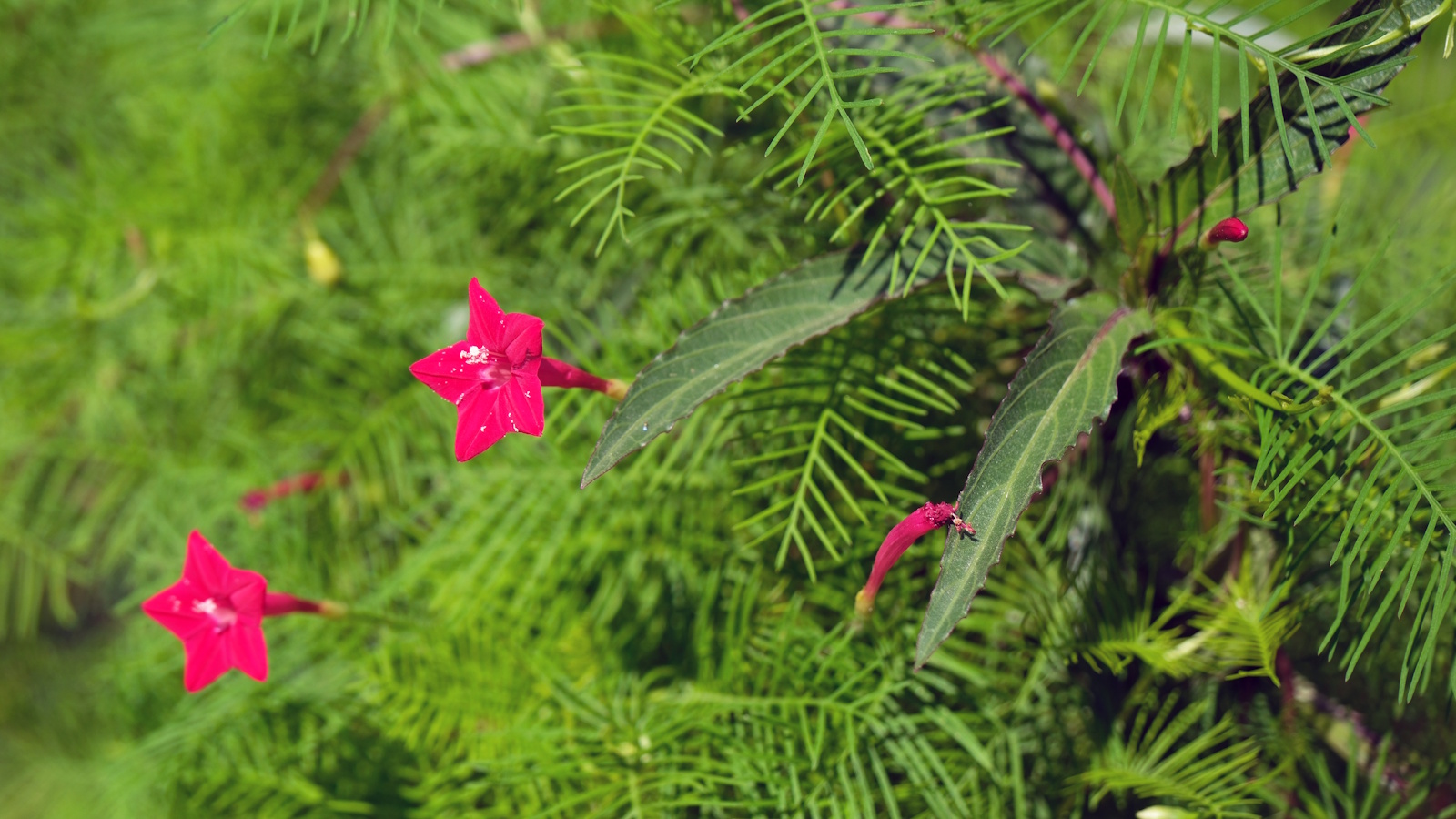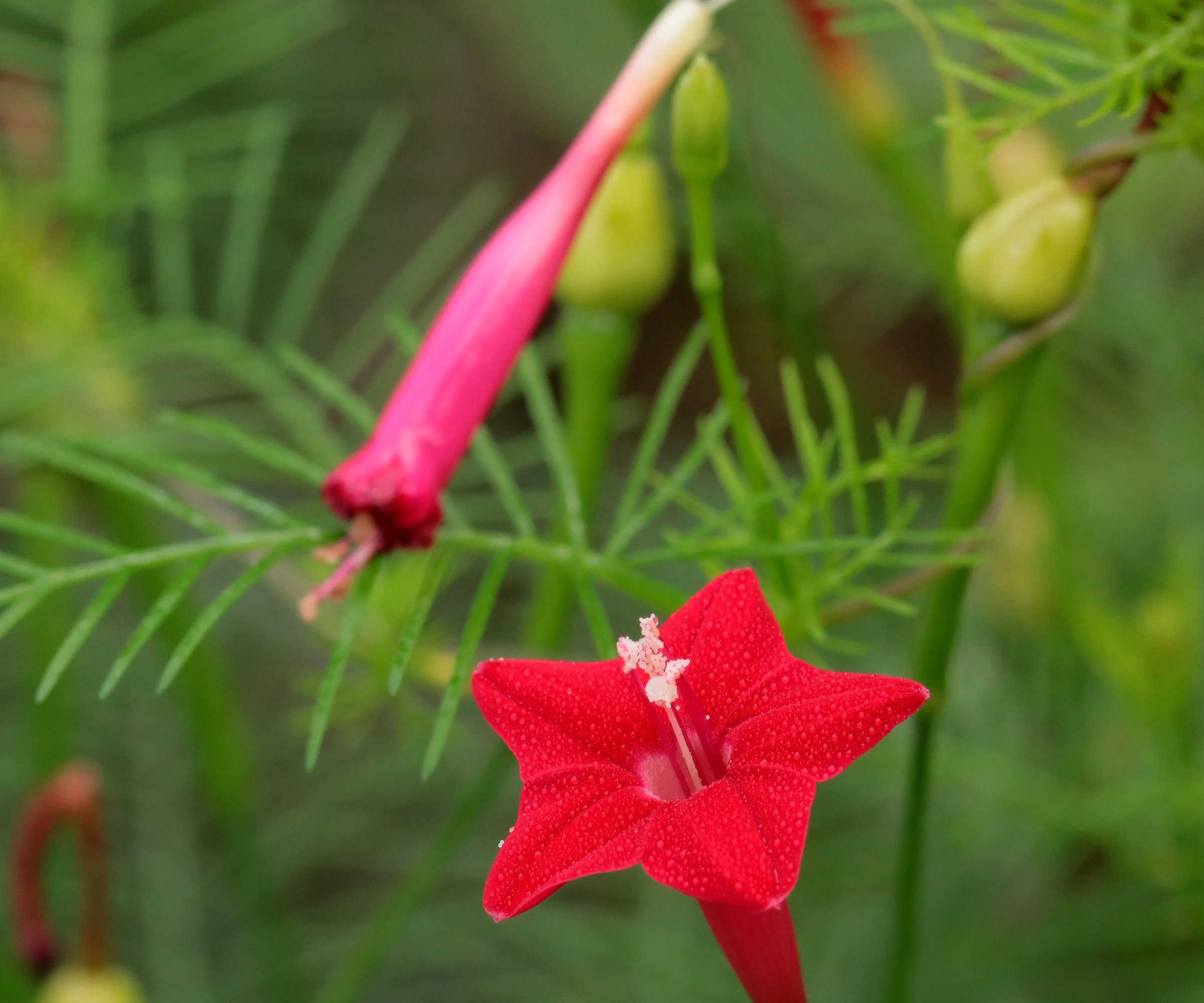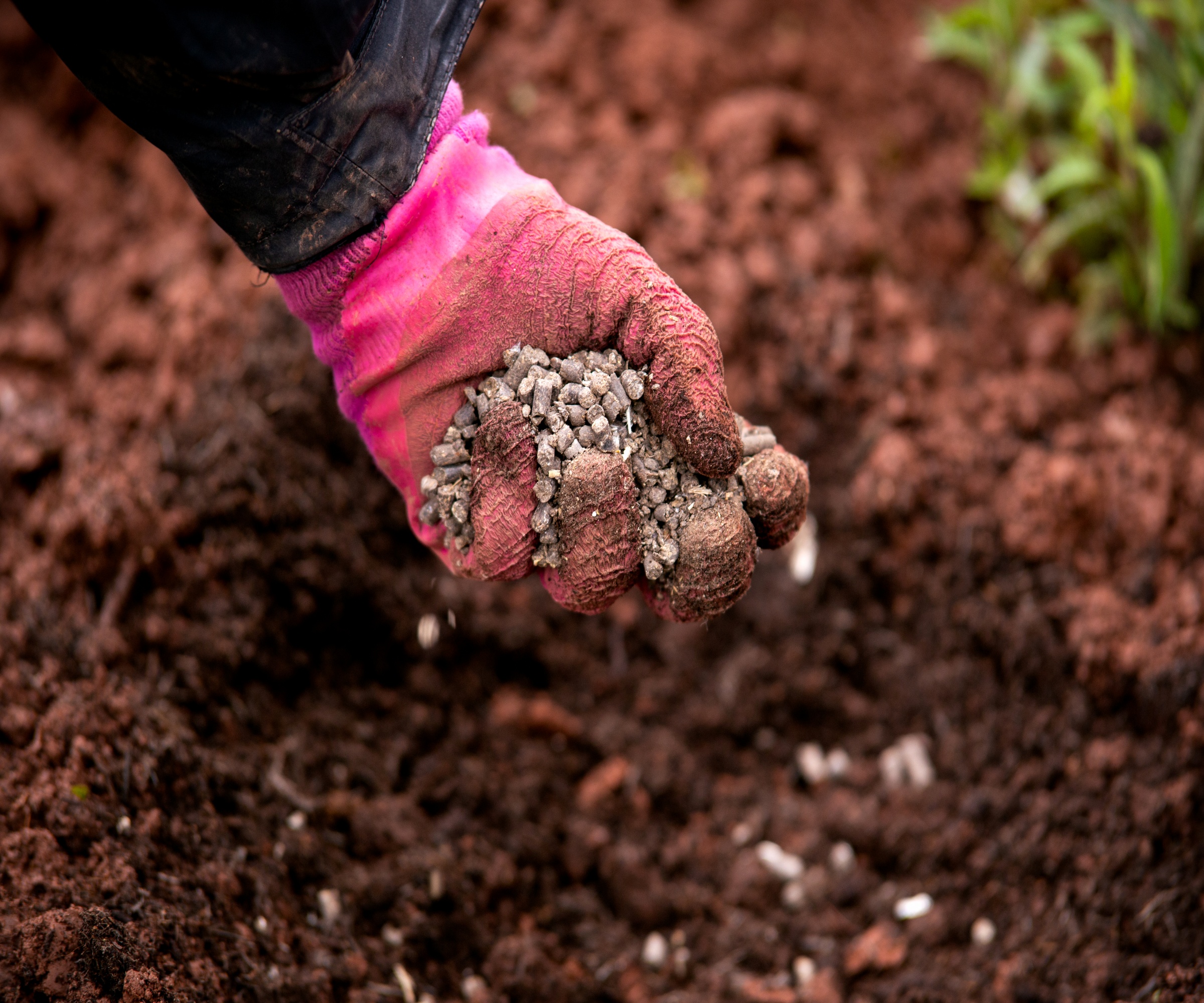
For me, the cardinal creeper, or Ipomoea × multifida, ticks every box. Fast-growing, showy and colorful, this vine delivers serious impact from a small investment. I’ve grown it many times in pots over the years, and it never fails to add a vibrant splash to backyards.
If you like your plants low-maintenance but high-reward, cardinal creeper is well worth a go. The seeds are inexpensive, germinate quickly, and by midsummer, you’ll have a covering of fern-like foliage and scarlet red, star-shaped flowers climbing up a trellis, obelisk or fence. What more could you ask for?
And, perhaps best of all, pollinators can’t get enough. The tubular flowers are some of the best climbers to attract hummingbirds, especially if you grow them somewhere sunny and sheltered. Here, one garden expert reveals how to grow cardinal creeper and get the most from this summer annual.

How to grow cardinal creeper
The cardinal creeper is one of the easiest climbers to grow in pots and borders. While it is an annual, meaning it completes its lifecycle in one season, it is well worth the effort, especially if you want to fill your yard with colorful, starry flowers for many months.
Growing habits of cardinal creeper

'The cardinal creeper, also known as the Cypress vine, is an annual climbing plant that can grow up to 15 feet in a single growing season,' says Gail Pabst, gardening expert and Marketing Director for the National Garden Bureau.
'It features bright red, outward-facing, 2-inch-long tubular flowers that are highly attractive to hummingbirds.
'You can grow this annual in any US hardiness zone, but for the best results, plant in evenly moist, rich, well-draining soil in full sun,' Gail adds.
Cardinal creeper seeds are available to order from Burpee. As container flowers to plant in May, you can direct sow seeds directly into large pots as soon as the risk of frost has passed.
'The seeds can be slow to germinate,' Gail cautions, 'so scratching – or scarifying - them, and then soaking can help speed things up. In northern areas, such as zone 4 or zone 5, it is best to start seeds indoors four to six weeks before planting outside.'
Before sowing, know that this vine is remarkably vigorous and, without deadheading, can self-seed freely. In some southern states, it is considered an invasive climber because of this aggressive growth habit, so be sure to do your homework and check with your local government office before ordering seeds online.
Care guide for cardinal creeper

- Soil: The cardinal creeper can be grown in most soils. When growing in a pot, simply use a good, well-draining but fertile potting mix, with some drainage material incorporated at the bottom of the container. In borders, simply mix in a handful or two of mulch or fresh soil when planting to give your plant a boost.
- Light: This vine prefers full sun, and flowers best in situations where it enjoys six or more hours of sunshine a day. However, it is versatile, and it will tolerate a part-sun-part-shade location, at the expense of a few flowers.
- Watering: Following planting, you will need to water cardinal creeper plants regularly by deep watering to help them establish. While they are often thought of as drought-tolerant climbing vines, remember that these are tropical plants, and prefer moist soil, so giving them a can of water every now and then will only serve to help your plant grow.
- Fertilizing: There is no need to fertilize cardinal creepers, especially if you use fresh potting soil when growing in pots. If you reside in zone 10 plus, and you are growing this species as a perennial, then you can mulch your soil every year to feed the earth and improve structure, but for annual growers, there is no need.
- Pruning: As already mentioned, in warmer climates, self-seeding can be a concern, so snipping faded flowers is important. Simply pinch off any browning flowers and dispose of them in your green waste. In October or November, you can lift and compost the vine.
- Toxicity: Like all Ipomoea – otherwise known as morning glories – species and hybrids, this plant is poisonous to dogs, cats, and horses, and the seeds and fruits are particularly toxic when ingested. Keep an eye on pets in the yard if growing this vine.
FAQs
What other vines should I grow alongside the cardinal creeper?
For vertical gardens, try planting other annual climbers to grow over frameworks and across supports. Annual vines are quick-growing and can be relied on to bring color and impact in a short space of time. One option could be Cobaea scandens, the cup and saucer vine, which has large, bell-shaped flowers, or there are many bright and brilliant calibrachoa varieties that will trail and bloom for many months.
If you are growing cardinal creepers in containers, it is a good idea to add supports in your pots for even more height. The plant looks impressive growing across a tripod or trellis, just be sure to keep training it to grow in the direction you want by pruning and tying in.
For more vining plant inspiration, see our guide on the best climbers to grow in pots, to fill your plot with even more color this year.
Shop flowerbed accessories
This all-purpose organic potting mix from Back to the Roots is full of nutrients to grow cardinal creeper vines successfully.







